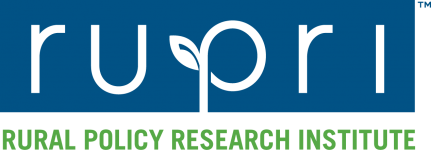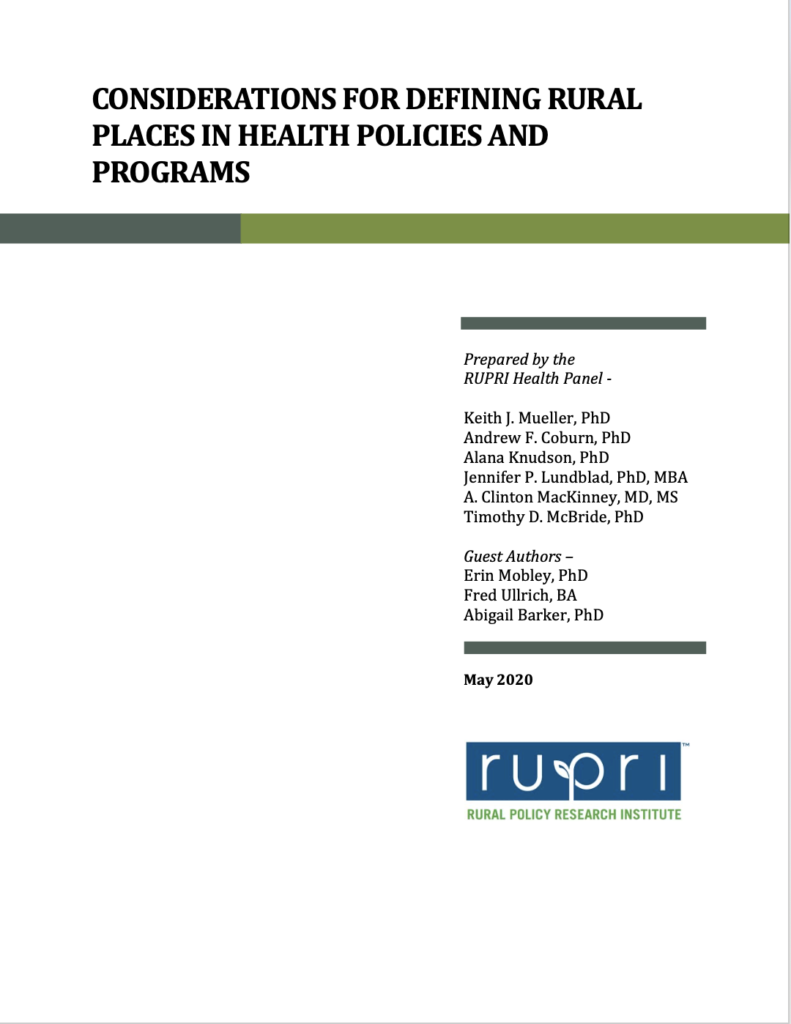The RUPRI Health Panel has released a new brief that identifies key questions to ask when creating, modifying, or using a definition. Rural definitions in statute and policy are used to direct resources to underserved peoples. But changes in population behavior and Census processes have led to concern about historic methods of defining rural. This paper identifies key questions; reviews rural definitions; and discusses options for reconsidering rural definitions.
Abstract: Rural definitions are used in a variety of formal settings including Federal and State statutes and policies. They are frequently used to focus attention and direct resources to underserved populations to help achieve goals of access to essential services, health equity, and reduction of disparities. Although there are a number of these definitions utilized by policies and programs, most rural definitions rely on a combination of population density and economic integration with (or proximity to) urbanized areas. But several important factors have changed over the last 10-20 years leading to discussions among policymakers and investigators about the validity of historic methods for defining rural areas.


